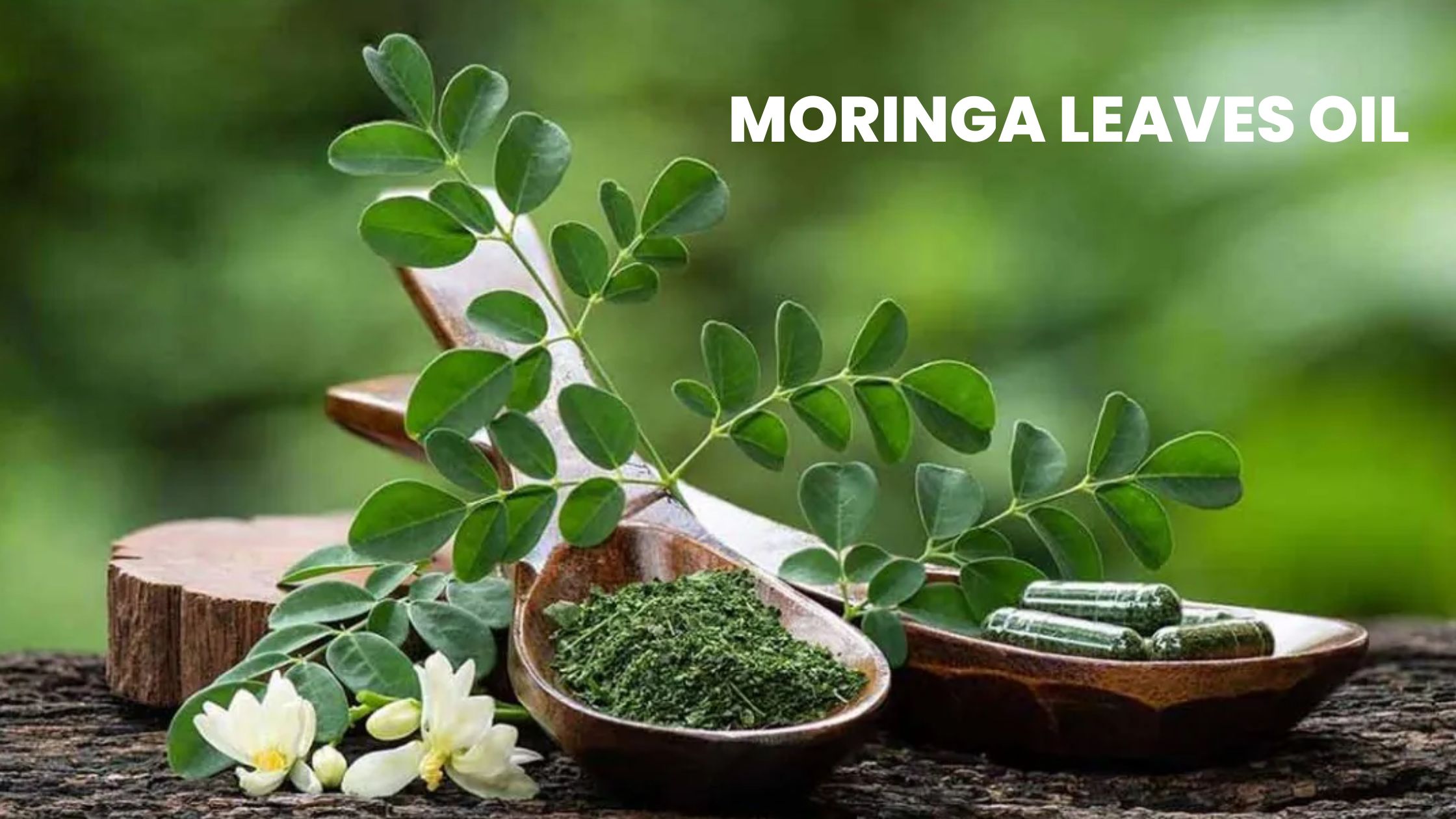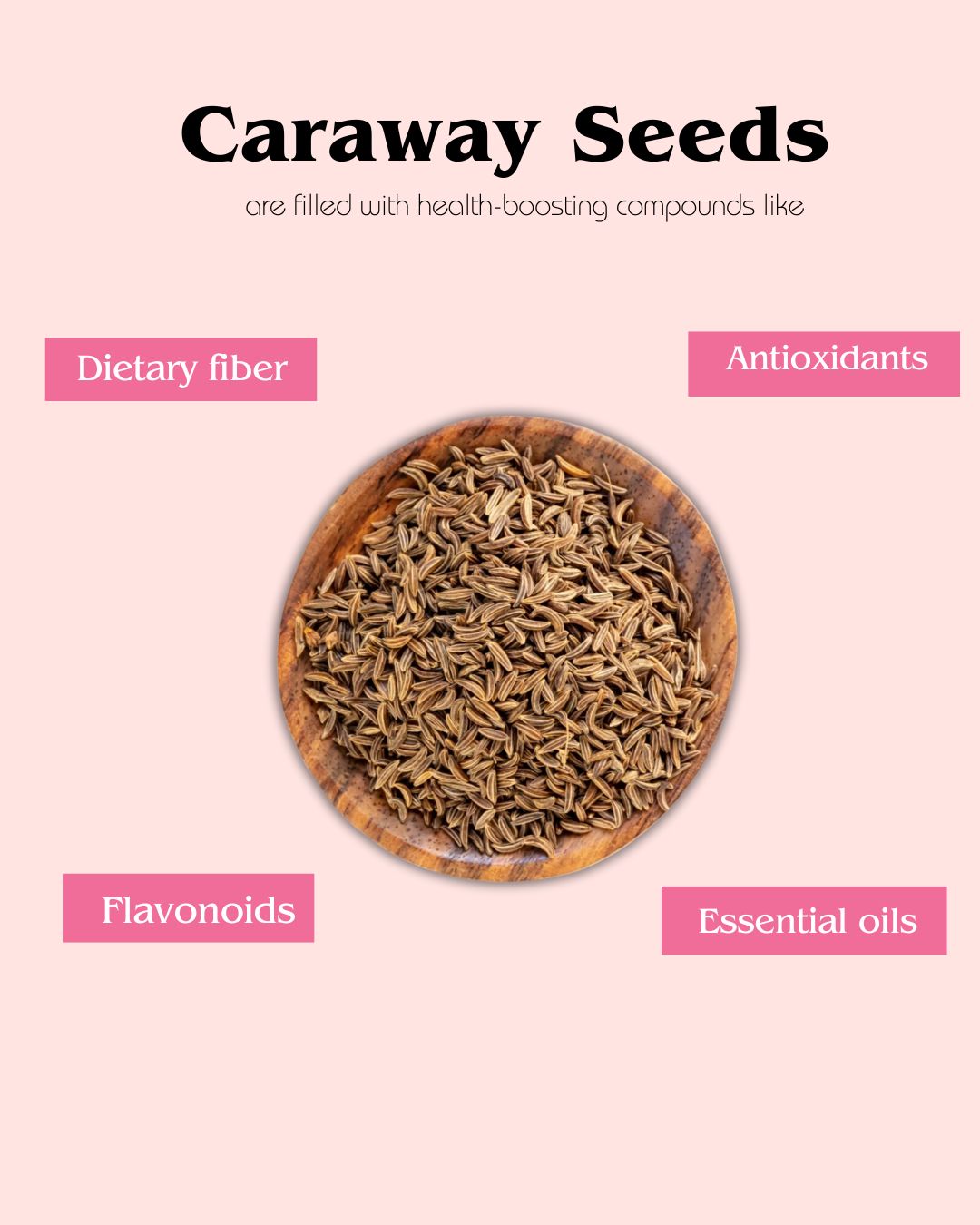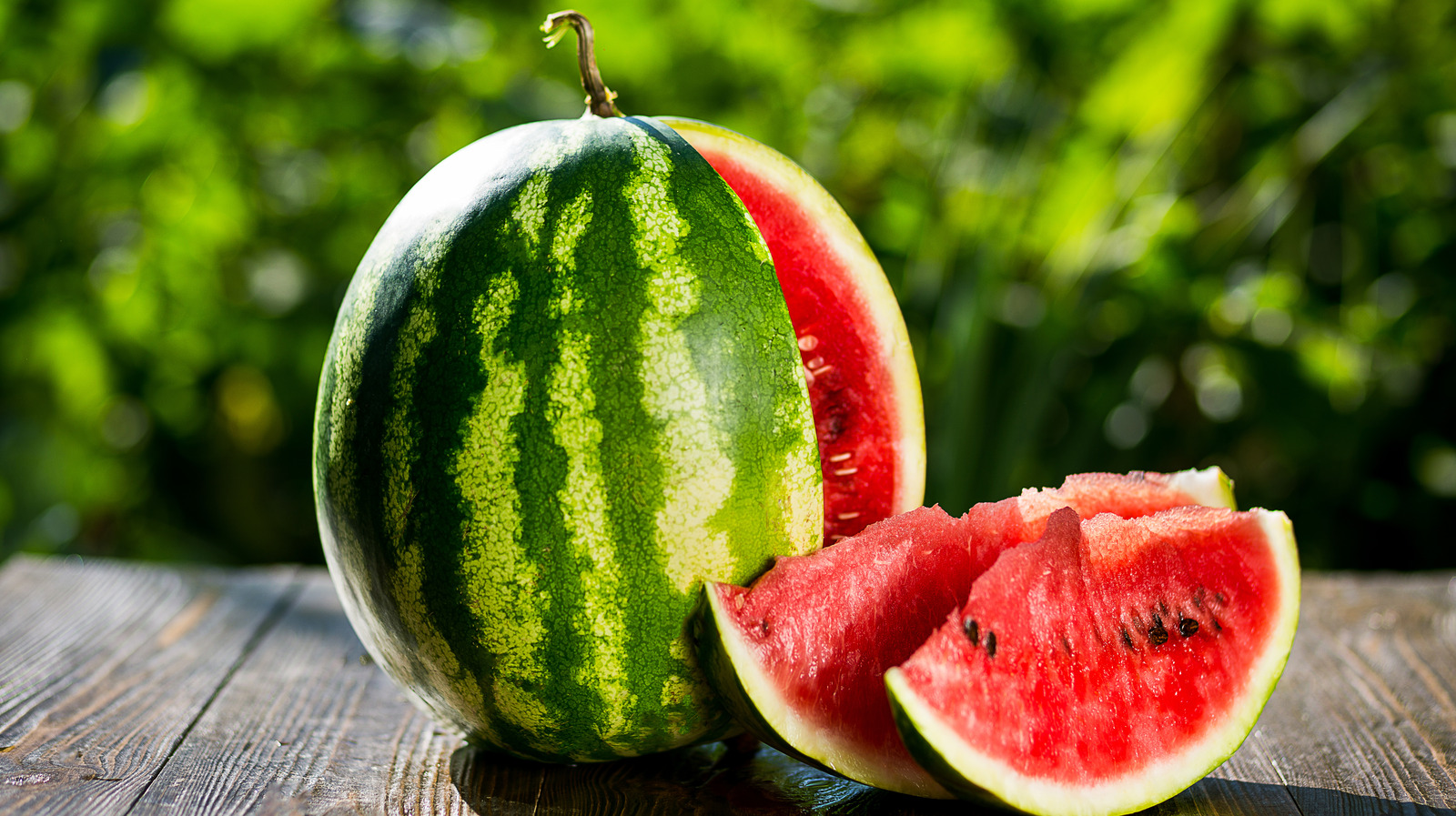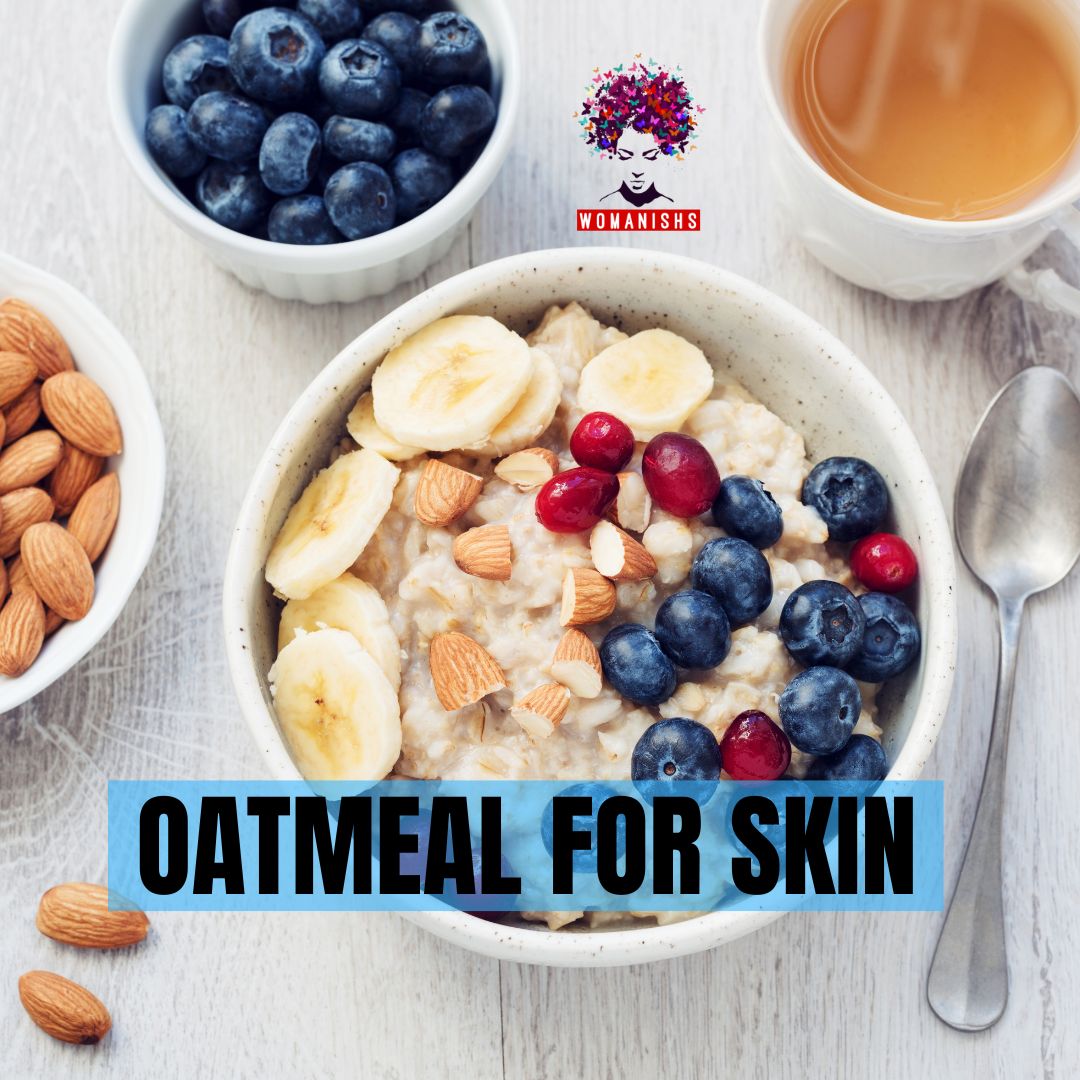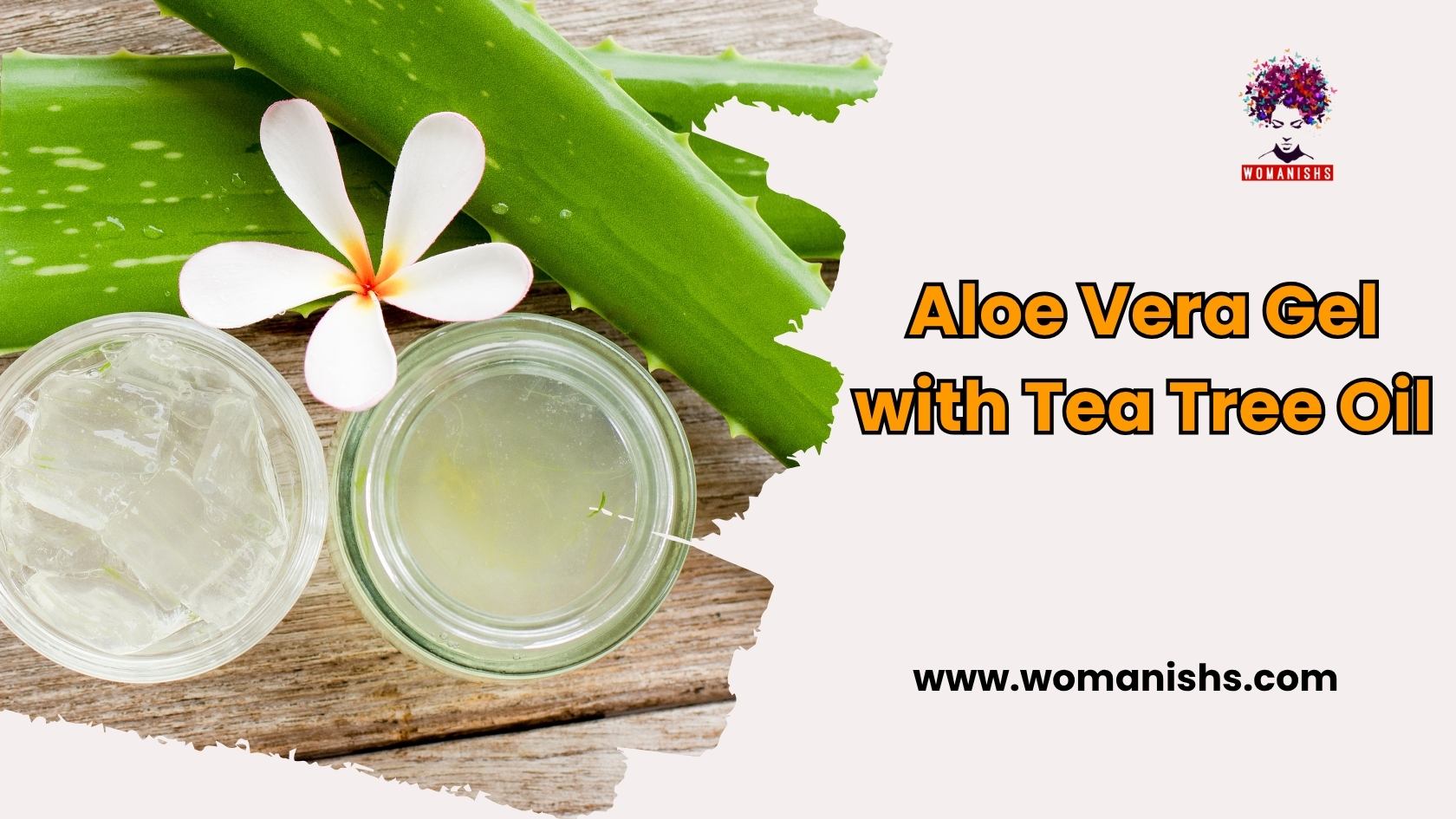Moringa oil is derived from the seeds of Moringa oleifera, which is a small native tree of the Himalayan region. Technically all parts of the moringa tree, including its seeds, roots, bark, flowers, and leaves, can be used for nutritional, industrial, or medicinal purposes. Because of its many beneficial qualities this tree is sometimes referred to as ‘the miracle tree’. It’s also called the drumstick tree, in reference to the shape of its seed pods. Let’s check out Moringa Leaves Oil.
Benefits of Moringa Leaves Oil
Moringa seeds have a high oil content and contain many nutritional compounds, like monounsaturated fats, protein, sterols, and tocopherols. Moringa oil is produced through a variety of industrial processes, including solvent extraction and cold-pressing. Other than its beneficial properties, moringa leaves oil also served as a cooking oil. It’s also an ingredient in hair and skin products.

Researchers have found over 90 bioactive plant compounds in moringa trees that can help to fight against oxidative stress, inflammation, fungi, and cancer, among other benefits.In this article, we will particularly talk about 5 beneficial qualities of moringa leaves oil.
Moringa Leaves Oil is very Nutritious
Moringa leaves are a great source of many vitamins and minerals. One cup of freshly chopped moringa leaves contain the following-
- 13g calories
- 2 g proteins
- Vitamin B6: 19% of the RDA
- Vitamin C: 12% of the RDA
- Iron: 11% of the RDA
- Riboflavin (B2): 11% of the RDA
- Vitamin A (from beta-carotene): 9% of the RDA
- Magnesium: 8% of the RDA
In Western countries, the dried leaves are sold as dietary supplements, either in powder or capsule form. People in developing nations sometimes lack vitamins, minerals, and protein in their diet. In these countries, Moringa leaves oil can be an important source of many essential nutrients. However, Moringa leaves may also contain high levels of antinutrients, like- oxalate and phytate, which can reduce the absorption of minerals and protein.
Another thing to keep in mind is that taking Moringa leaves supplements in capsules won’t provide the right amount of nutrients. The amounts are negligible compared to what you consume if you eat a balanced diet based on whole foods.
Moringa Leaves Oil is Rich in Antioxidants
Antioxidants are compounds that act against free radicals in your body. High release of free radicals may cause oxidative stress, which in future can cause chronic diseases like heart disease, diabetes, and cancer. According to studies, moringa leaves oil contains many antioxidant plant compounds, like flavonoids, phenolics, carotenoids, and ascorbic acid.
Researchers have explained that the antioxidant compounds found in Moringa leaves oil may be particularly helpful against oxidative stress due to UV exposure, which may cause skin cancer. Some flavonoid compounds like quercetin and myricetin may also help manage blood pressure, while oleic acid may help lower blood pressure.
Moringa may Lower Blood Sugar Levels
High blood sugar levels may cause many serious health problems, like- diabetes and heart disease. To manage your blood sugar levels, researchers are suggesting to intake moringa leaves in powdered form.
This is because there are several plant compounds, like- quercetin, kaempferol, glucomoringin, chlorogenic acid, and isothiocyanate that can stabilize blood sugar levels.
Though there are many positive benefits, it’s important to note that most of the evidence is based on animal studies. As such, more research is needed to fully support the role of Moringa oleifera in diabetes management.
Moringa Leaves may Reduce Inflammation
Inflammation is the body’s natural reaction to infection or injury. It’s an essential protective mechanism, but if it continues for a long time, it may lead to serious health conditions like heart disease and cancer.
Most whole fruits, vegetables, herbs, and spices have anti-inflammatory properties, but how much they can be helpful depends on the types and amounts of anti-inflammatory compounds they contain. Several compounds in Moringa leaves oil may have anti-inflammatory properties, including:
- phenols
- alkaloids
- flavanoids
- carotenoids β-sitosterol
- vanillin
- moringin
According to a recent study, Moringa leaves oil had the highest amount of anti-inflammatory and antioxidant compounds compared to the seeds and pods. Until now, however, research has been limited to test-tube and animal studies. More research in humans is needed to fully understand the possible anti-inflammatory benefits of Moringa leaves.
Moringa can Lower Cholesterol
According to the British Heart Foundation high cholesterol may increase your risk of heart disease and stroke. Researches suggest that Moringa leaves oil may have antihyperlipidemic properties, which can help to reduce cholesterol and triglycerides. Some studies have proven that it could increase HDL (good) cholesterol while lowering LDL (bad) cholesterol.
That said, more research in humans is needed to understand the possible antihyperlipidemic benefits of Moringa leaves.
Read More :- Is Fish Oil Beneficial for Hair Growth?
Besides having so many benefits, moringa leaves oil has few limitations too. According to a recent study it has been said that it is not safe to take moringa leaves during pregnancy. So if you have any underlying conditions, it is important to take advice from any healthcare professional before consuming it.
How to Plant Moringa Seeds
Commonly referred to as the “drumstick tree” or “miracle tree,” moringa is known for its food and medicine. With its high nutrient profile leaves and healing seeds, essentially every part of the moringa tree is valuable to people. If you desire moringa at home and would like to grow it from seeds, this method is one of the easiest and most beneficial. Here’s a quick guide on how to plant moringa seeds and take care of them.
Step 1: Choosing the Seeds
You can use fresh healthy moringa seeds for planting. Moringa seeds can be found at a nursery or even in dried pods from moringa.
Step 2: Soil Preparation
Moringa grows best in sandy or loamy well-drained soil, it will not grow well in over-saturated soil, as moringa roots do not like water-logged roots. The most suitable pH for moringa growth is neutral to slightly acidic (between 6.2-7).
Step 3: Planting the Seeds
- Dig small holes about 1 inch deep.
- In each hole, put one seed, and cover the seed with some soil.
- If planting more than one moringa tree, space at least 3-4 feet apart.
- Water the seeds gently enough to keep the soil moist, but do not over-water.
Step 4: Germination and Growth
Moringa seeds generally germinate in 7-14 days. Once you see the seedlings, make sure they get plenty of sunshine; Moringa is a tropical tree that thrives in warm environments. Thin out the weaker seedlings and keep only the healthy ones.
Step 5: Caring for Your Moringa Plant
- Watering: Young plants should be watered regularly but once your Moringa is established, it is a drought-tolerant plant.
- Pruning: Prune the branches of your Moringa to stimulate bushy growth and easier harvest of leaves.
- Fertilizer: While Moringa does not require much fertilizer, compost or organic manure can increase growth substantially.
Learning how to plant Moringa seeds is easy, and in a few months, you will be enjoying nutritious, fresh moringa leaves. Whether to include in food and teas or to provide health benefits, growing Moringa at home sustainably develops our love of adding this “miracle tree” into your lifestyle.
